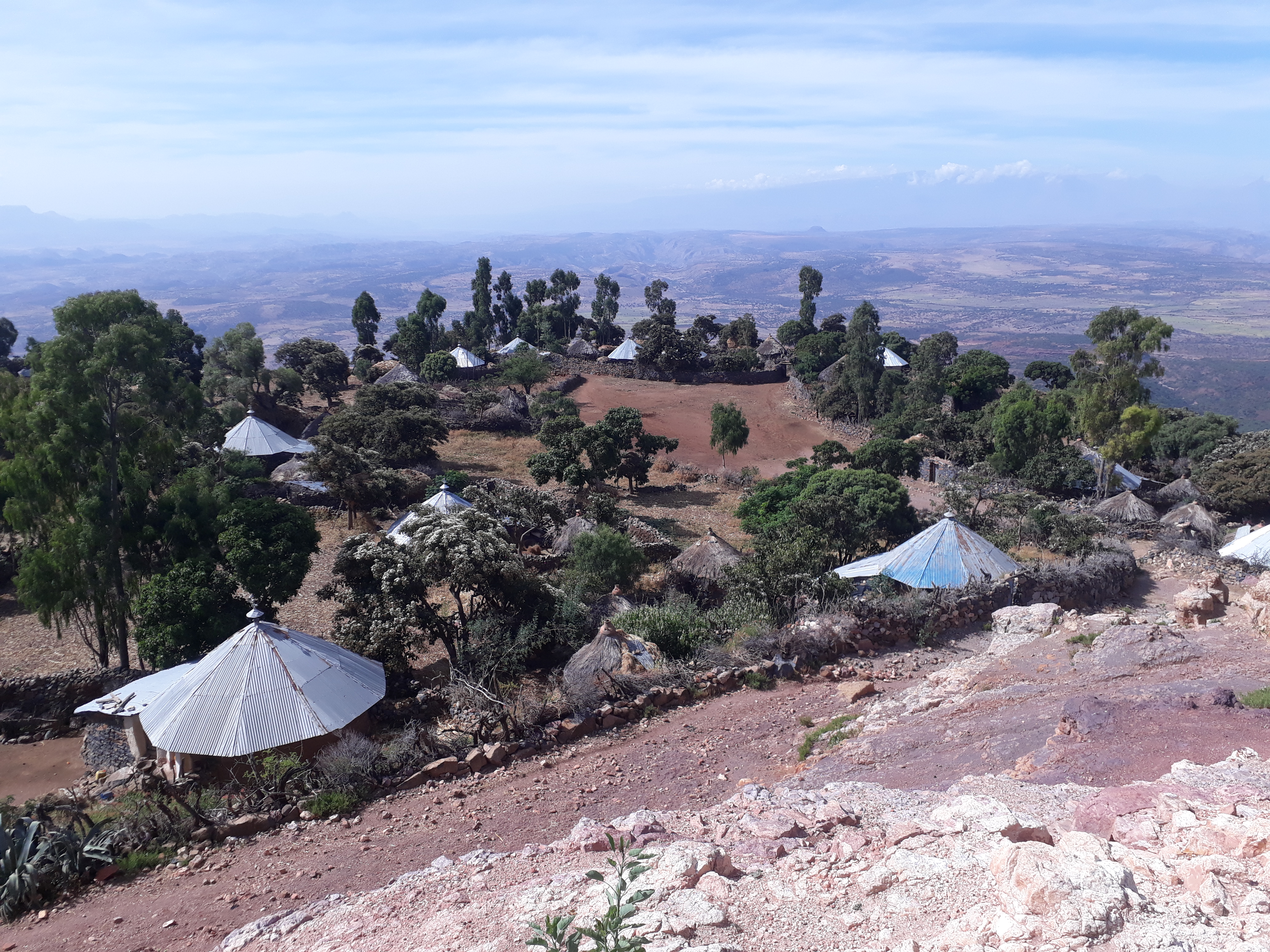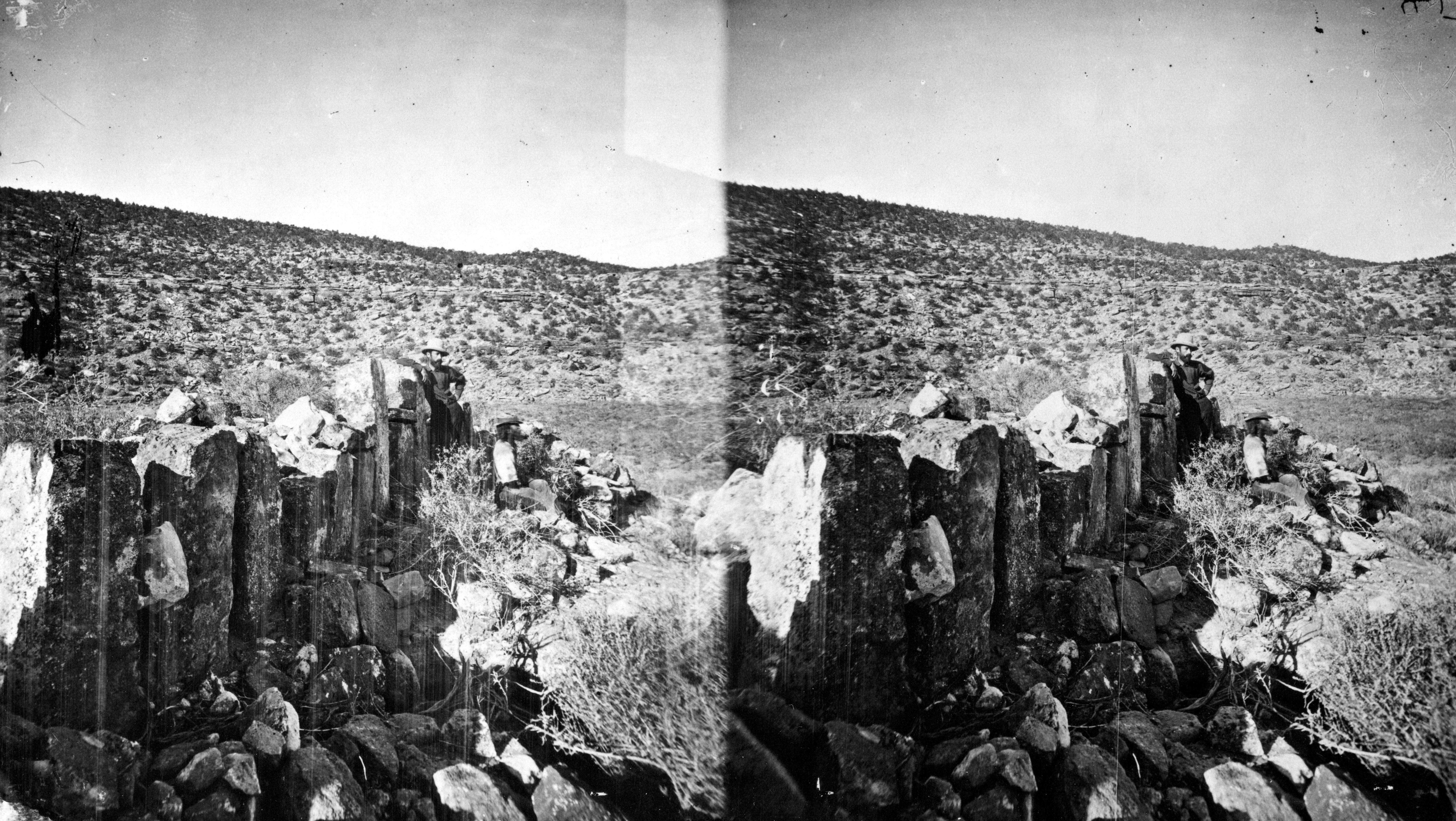|
Spanish Valley
Spanish Valley is a flat in Grand and San Juan counties in Utah, United States, south of Moab. Description The valley lies at an elevation of , and is south southeastward of the Moab Valley. Pack Creek flows through Spanish Valley north northwestward into Moab Valley toward its confluence with the Colorado River. History The Old Spanish Trail passed through Spanish Valley on its way to its Colorado River crossing at what is now Moab. See also * List of valleys of Utah This is a list of valleys of Utah. Valleys are ordered alphabetically by county and then for the entire state. Beaver County, Utah, Beaver County * Beaver Valley (Utah) * Hamlin Valley * Milford Valley * Pine Valley (Beaver, Millard, Iron coun ... References External links {{coord, 38, 29, 40, N, 109, 27, 30, W, type:landmark_region:US-UT_dim:10000, display=title Valleys of Utah Old Spanish Trail (trade route) Landforms of Grand County, Utah Landforms of San Juan County, Utah ... [...More Info...] [...Related Items...] OR: [Wikipedia] [Google] [Baidu] |
Spanish Valley, Utah, January 2019
Spanish might refer to: * Items from or related to Spain: **Spaniards are a nation and ethnic group indigenous to Spain **Spanish language, spoken in Spain and many Latin American countries ** Spanish cuisine Other places * Spanish, Ontario, Canada * Spanish River (other), the name of several rivers * Spanish Town, Jamaica Other uses * John J. Spanish (1922–2019), American politician * "Spanish" (song), a single by Craig David, 2003 See also * * * Español (other) * Spain (other) * España (other) * Espanola (other) * Hispania, the Roman and Greek name for the Iberian Peninsula * Hispanic, the people, nations, and cultures that have a historical link to Spain * Hispanic (other) * Hispanism * Spain (other) * National and regional identity in Spain * Culture of Spain * Spanish Fort (other) Spanish Fort or Old Spanish Fort may refer to: United States * Spanish Fort, Alabama, a city * Spanish Fort (Colora ... [...More Info...] [...Related Items...] OR: [Wikipedia] [Google] [Baidu] |
Flat (landform)
A flat is a relatively level surface of land within a region of greater relief, such as hills or mountains, usually used in the plural. The term is often used to name places with such features, for example, Yucca Flat or Henninger Flats. ''Flat'' is also used to describe other level geographic areas as mud flat Mudflats or mud flats, also known as tidal flats or, in Ireland, slob or slobs, are coastal wetlands that form in intertidal areas where sediments have been deposited by tides or rivers. A global analysis published in 2019 suggested that tidal fl ...s or salt flats. See also * * References Landforms {{Geo-term-stub ... [...More Info...] [...Related Items...] OR: [Wikipedia] [Google] [Baidu] |
Grand County, Utah
Grand County is a county on the east central edge of the U.S. state of Utah, United States. As of the 2010 United States Census, the population was 9,225. Its county seat and largest city is Moab. History Evidence of indigenous occupation up to 10,000BCE has been previously discovered in Grand County. The present city of Moab is the site of pueblo farming communities of the 11th and 12th centuries. These groups had already vanished from the area when the first European explorers entered the country, with nomadic Ute tribes inhabiting the area at the time of contact. The European-based settlement of the area began with the arrival of Mormon pioneers in 1847. By 1855 they had sent missionary settlers into eastern Utah Territory. An Elk Mountain Mission was established but closed after a few months due to Indian raids. For several decades after that, the future Moab area (known as "Spanish Valley") was visited only by trappers and prospectors. Permanent settlement began in 1877. T ... [...More Info...] [...Related Items...] OR: [Wikipedia] [Google] [Baidu] |
San Juan County, Utah
San Juan County ( ) is a County (United States), county in the southeastern portion of the U.S. state of Utah. As of the 2010 United States Census, the population was 14,746. Its county seat is Monticello, Utah, Monticello, while its most populous city is Blanding, Utah, Blanding. The Utah State Legislature named the county for the San Juan River (Colorado River), San Juan River, itself named by Spain, Spanish List of explorers, explorers (in honor of John the Apostle, Saint John). San Juan County borders Arizona, Colorado, and New Mexico at the Four Corners. History The Utah Territory authorized creation of San Juan County on February 17, 1880, with territories annexed from Iron County, Utah, Iron, Kane County, Utah, Kane, and Piute County, Piute counties. There has been no change in its boundaries since its creation. Monticello was founded in 1887, and by 1895 it was large enough to be designated the seat of San Juan County. Geography San Juan County lies in the southeaster ... [...More Info...] [...Related Items...] OR: [Wikipedia] [Google] [Baidu] |
Utah
Utah ( , ) is a state in the Mountain West subregion of the Western United States. Utah is a landlocked U.S. state bordered to its east by Colorado, to its northeast by Wyoming, to its north by Idaho, to its south by Arizona, and to its west by Nevada. Utah also touches a corner of New Mexico in the southeast. Of the fifty U.S. states, Utah is the 13th-largest by area; with a population over three million, it is the 30th-most-populous and 11th-least-densely populated. Urban development is mostly concentrated in two areas: the Wasatch Front in the north-central part of the state, which is home to roughly two-thirds of the population and includes the capital city, Salt Lake City; and Washington County in the southwest, with more than 180,000 residents. Most of the western half of Utah lies in the Great Basin. Utah has been inhabited for thousands of years by various indigenous groups such as the ancient Puebloans, Navajo and Ute. The Spanish were the first Europe ... [...More Info...] [...Related Items...] OR: [Wikipedia] [Google] [Baidu] |
Moab, Utah
Moab () is the largest city and county seat of Grand County in eastern Utah in the western United States, known for its dramatic scenery. The population was 5,366 at the 2020 census. Moab attracts many tourists annually, mostly visitors to the nearby Arches and Canyonlands National Parks. The town is a popular base for mountain bikers who ride the extensive network of trails including the Slickrock Trail, and for off-roaders who come for the annual Moab Jeep Safari. History Early years The Biblical name Moab refers to an area of land located on the eastern side of the Jordan River. Some historians believe the city in Utah came to use this name because of William Andrew Peirce, the first postmaster, believing that the biblical Moab and this part of Utah were both "the far country". However, others believe the name has Paiute origins, referring to the word ''moapa'', meaning "mosquito". Some of the area's early residents attempted to change the city's name, because in the Chr ... [...More Info...] [...Related Items...] OR: [Wikipedia] [Google] [Baidu] |
Moab Valley
Moab ''Mōáb''; Akkadian language, Assyrian: 𒈬𒀪𒁀𒀀𒀀 ''Mu'abâ'', 𒈠𒀪𒁀𒀀𒀀 ''Ma'bâ'', 𒈠𒀪𒀊 ''Ma'ab''; Egyptian language, Egyptian: 𓈗𓇋𓃀𓅱𓈉 ''Mū'ībū'', name=, group= () is the name of an ancient Levantine kingdom whose territory is today located in the modern state of Jordan. The land is mountainous and lies alongside much of the eastern shore of the Dead Sea. The existence of the Kingdom of Moab is attested to by numerous archaeological findings, most notably the Mesha Stele, which describes the Moabite victory over an unnamed son of monarch, King Omri of Kingdom of Israel (Samaria), Israel, an episode also noted in Books of Kings, 2 Kings . The Moabite capital was Dibon. According to the Hebrew Bible, Moab was often in conflict with its Israelites, Israelite neighbours to the west. Etymology The etymology of the word Moab is uncertain. The earliest Biblical gloss, gloss is found in the Koine Greek Septuagint () which exp ... [...More Info...] [...Related Items...] OR: [Wikipedia] [Google] [Baidu] |




